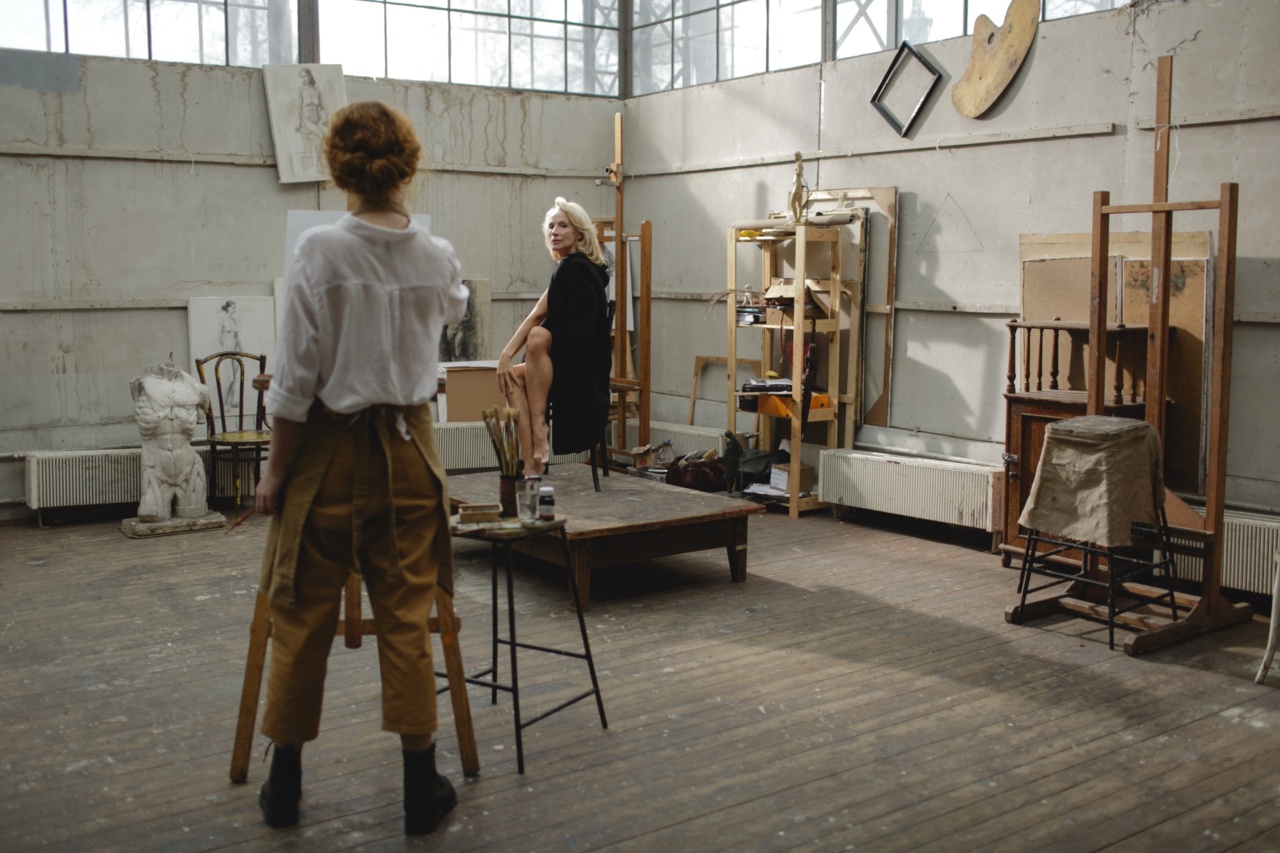One of the most incredible things about pregnancy is the way a woman’s body can adapt and change to accommodate a growing baby. From the rapid expansion of the uterus to the stretching of muscles and ligaments, the changes can seem almost magical.
But what exactly is happening inside the body? Here, we’ll take a closer look at the amazing journey of pregnancy and how a mother’s body makes room for her little one.
The Early Stages: The Uterus Gets Ready
In the earliest days of pregnancy, before most women even realize they’re expecting, the body is already preparing for the arrival of a baby.
After fertilization, the fertilized egg travels down the fallopian tube and implants itself in the uterus. From here, the body begins to produce hormones that signal the uterus to start preparing for a growing baby.
The first stage of this process is called the proliferation phase. During this time, the endometrial lining of the uterus thickens and prepares to nourish a developing embryo.
The cervix also begins to secrete mucus, which creates a “plug” to protect the uterus from infections and outside influences.
Over the next few weeks, the uterus continues to adapt to the needs of a growing baby. The second phase of preparation is called the secretion phase.
During this time, the endometrial lining becomes even thicker and more vascularized, providing an ideal environment for a developing fetus. If an egg is fertilized during this time, it will implant itself in the rich uterine lining and begin to develop into a pregnancy.
Trimester 1: The Uterus Expands
As the pregnancy progresses, the uterus continues to grow and expand to make room for the growing fetus.
By the end of the first trimester (around 12 weeks), the uterus has expanded from its pre-pregnancy size of a small pear to about the size of a grapefruit. During this time, a woman may begin to experience symptoms like morning sickness, fatigue, and breast tenderness as her body adjusts to the hormonal changes of pregnancy.
One of the key players in the expansion of the uterus is the hormone progesterone. This hormone is responsible for relaxing the smooth muscles of the uterus, allowing it to stretch and grow as the baby grows.
Additionally, the cervix continues to produce mucus to protect the pregnancy and becomes tightly closed to prevent premature labor.
Trimester 2: Ligaments Stretch
By the second trimester, the uterus has grown to about the size of a small melon and is starting to put pressure on other organs in the body.
This can lead to symptoms like back pain, frequent urination, and constipation as the bladder and intestines are compressed. Additionally, the ligaments that support the uterus and hold it in place begin to stretch and loosen to accommodate the growing baby.
The ligaments that are especially affected by pregnancy include the round ligaments, which anchor the uterus to the groin, and the uterosacral ligaments, which anchor it to the spine.
As these ligaments stretch and become more flexible, a woman may experience discomfort or even pain as she moves around or changes positions. However, this is a normal part of pregnancy and generally not a cause for concern.
Trimester 3: The Final Stretch
By the third trimester, the uterus has grown to its full size and is putting significant pressure on the organs around it. This can make things like eating, sleeping, and breathing more difficult as the baby takes up more space.
However, the body has one more trick up its sleeve to prepare for delivery.
During the final weeks of pregnancy, the body begins to produce a hormone called relaxin. This hormone helps to relax and soften the tissues in the pelvis, making it easier for the baby to pass through during delivery.
It also helps to loosen the ligaments that support the pelvic region, allowing the bones to shift slightly and make more room for the baby to move through the birth canal. This can cause some discomfort or even pain, but it’s an essential part of the process.
The Bottom Line
Pregnancy is a remarkable journey that brings incredible changes to a woman’s body. From the expansion of the uterus to the stretching of ligaments and tissues, the body adapts and changes to make room for a growing baby.
While these changes can be uncomfortable or even painful at times, they’re a natural and necessary part of the process of bringing a new life into the world.































